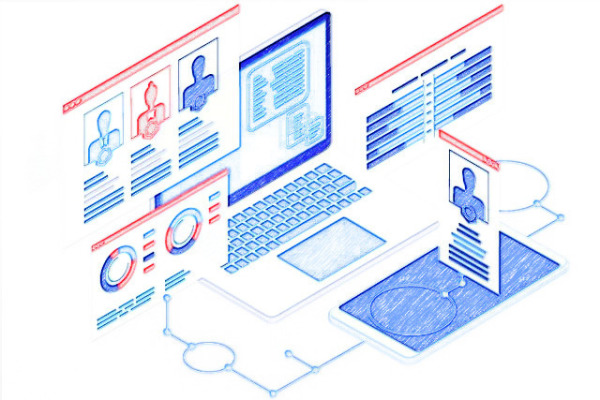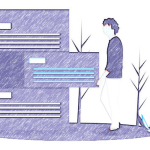Non-functional requirements (NFRs) describe the performance, scalability, security, usability, and other characteristics of a software system that are not directly related to specific functions or features. Here are some tips for defining non-functional requirements:
- Be clear and specific: Clearly and concisely describe the requirements, using specific and measurable terms, such as response time, throughput, and availability.
- Use industry standards: Use industry standards and best practices to guide your non-functional requirements. For example, for security, you can use OWASP standards, for performance you can use ISO standards.
- Consider different scenarios: Consider different scenarios in which the software will be used, such as peak loads, high traffic, and low-bandwidth environments.
- Define acceptance criteria: Define acceptance criteria for each non-functional requirement, which are the conditions that must be met in order for the requirement to be considered complete and accepted.
- Prioritize requirements: Prioritize the requirements in terms of their importance and urgency. This will help to ensure that the software development company focuses on the most critical requirements first and that the software meets the most important business needs.
- Be consistent: Use consistent terminology and formatting throughout the SRD to make it easy to understand and navigate.
- Be realistic: Be realistic in your non-functional requirements and communicate them clearly to the software development company.
By following these tips, you can define non-functional requirements that will help the software development company understand your performance, scalability, security, usability, and other needs, and deliver a software that meets your requirements.
Here’s an example of how non-functional requirements for a software development project could be written:
Non-Functional Requirement 1:
- Performance: The system must be able to handle a minimum of 1000 concurrent users and respond to requests within 2 seconds.
- Acceptance Criteria: The system must be tested with 1000 concurrent users using load testing tools and must show average response time of less than 2 seconds.
Non-Functional Requirement 2:
- Scalability: The system must be able to scale to accommodate a minimum of 10,000 new users per month.
- Acceptance Criteria: The system must be tested with 10,000 new users added per month using load testing tools and must show that it can handle the increased number of users without any significant degradation in performance.
Non-Functional Requirement 3:
- Security: The system must be compliant with OWASP top 10 security standards.
- Acceptance Criteria: The system must be tested for OWASP top 10 vulnerabilities using security testing tools and must pass all security tests without any vulnerabilities.
Non-Functional Requirement 4:
Usability: The system must have a user-friendly interface and be accessible for users with disabilities.
Acceptance Criteria: The system must be tested for accessibility using automated testing tools and must pass all accessibility tests. The system must also be evaluated by a panel of users for usability and must receive a score of at least 85% on a usability test.
Non-Functional Requirement 5:
- Availability: The system must have an availability of 99.95%
- Acceptance Criteria: The system must be tested for availability using stress testing tools and must show an availability of at least 99.95%.
As you can see, this example demonstrates how non-functional requirements can be written in a specific and action-oriented way, using industry standards, acceptance criteria and providing examples. The non-functional requirements also prioritize the requirement in terms of their importance and urgency. This will help the software development company understand how the system should work and how it’s supposed to benefit the end user.
Checkout our complete comprehensive guide to get complete knowhow as to how to document your business requirement for development company.
Part 1: How to document your business requirement or idea to communicate to development partner or team
Part 2: Defining Business Requirements
Part 3: Defining Functional Requirements
Part 4: Defining Non-Functional Requirements
Part 5: Defining Technical Requirements
Part 6:Defining Acceptance Criteria
Part 7: Defining Timelines and Deliverables
Part 8: Identifying Stakeholder Information


